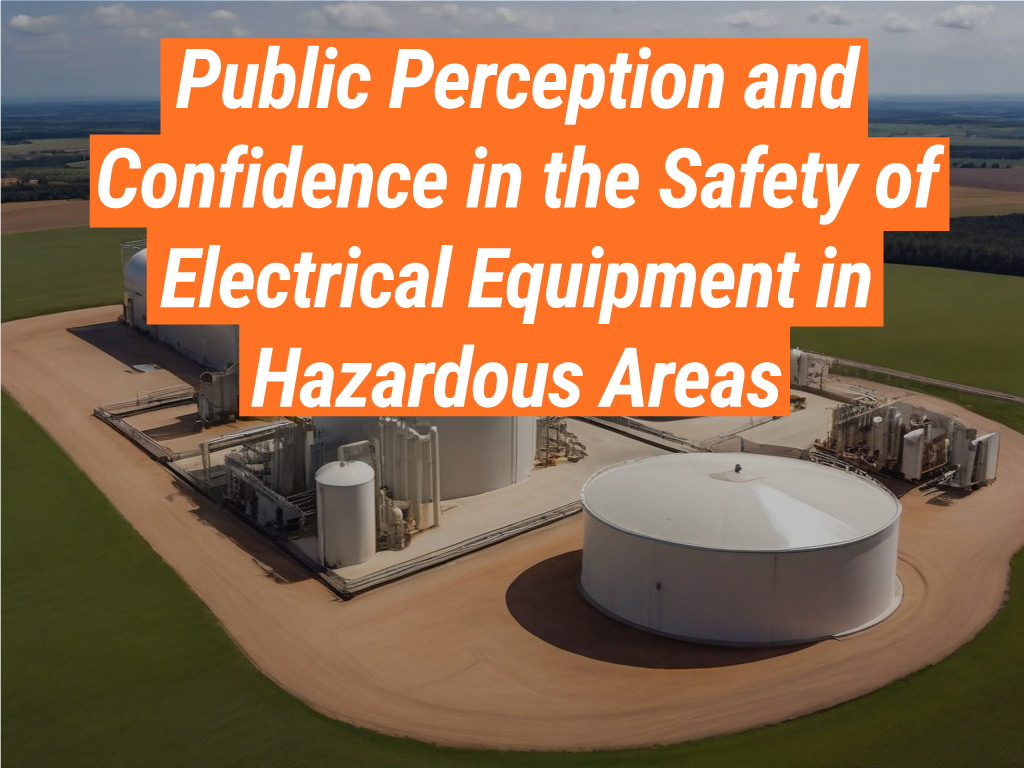When it comes to the safety of electrical equipment in hazardous areas, public perception and confidence play a significant role. This article, brought to you by the Intrinsically Safe Store, aims to shed light on this critical issue. We invite you to visit our website to learn more about our commitment to safety in hazardous environments.
Understanding the Risks
Electrical equipment can pose significant risks in hazardous areas, such as oil and gas facilities, chemical plants, and mining operations. These risks stem from the potential for electrical sparks or heat to ignite flammable or explosive atmospheres.
Public Perception of Safety
Public perception of the safety of electrical equipment in hazardous areas is often influenced by high-profile incidents. For example, the Deepwater Horizon oil spill in 2010, which was partly attributed to electrical equipment failure, significantly impacted public confidence.
The Role of Standards and Regulations
Standards and regulations play a crucial role in ensuring the safety of electrical gear in hazardous areas. These include international standards such as IECEx and ATEX, as well as national regulations. Compliance with these standards is essential for maintaining public confidence.
Case Study: The Impact of Compliance
A case study that illustrates the impact of compliance on public confidence is the Piper Alpha oil platform disaster in 1988. The subsequent investigation found that the platform was not compliant with safety standards, leading to a loss of public confidence in the safety of offshore oil operations.

Statistics on Electrical Equipment Safety
Statistics also play a role in shaping public perception. For example, according to the U.S. Bureau of Labor Statistics, electrical accidents accounted for 6% of all workplace fatalities in 2019. Such statistics can influence public confidence in the safety of electrical gear in hazardous areas.
Improving Public Confidence
Improving public confidence in the safety of electrical equipment in hazardous areas involves several strategies:
- Ensuring compliance with standards and regulations
- Implementing robust safety management systems
- Providing transparent information about safety measures
- Engaging with the public and stakeholders
Enhancing Public Confidence in Electrical Equipment Safety
A range of factors, including high-profile incidents, standards and regulations, and statistics, influence public perception and confidence in the safety of electrical equipment in hazardous areas. Improving public confidence requires a multi-faceted approach, including compliance, transparency, and engagement. The Intrinsically Safe Store is committed to promoting safety in hazardous environments. We invite you to contact us to learn more about our products and services.


